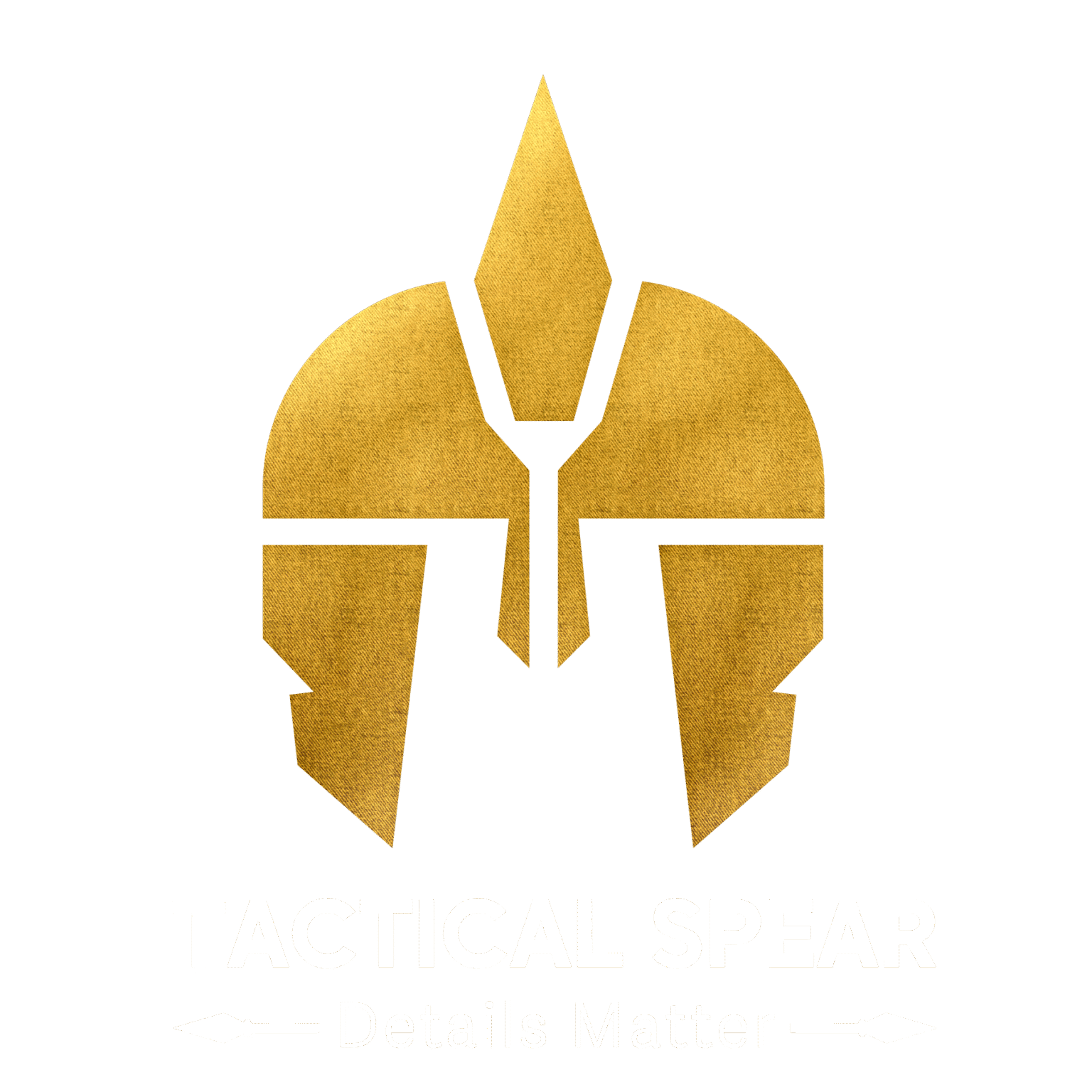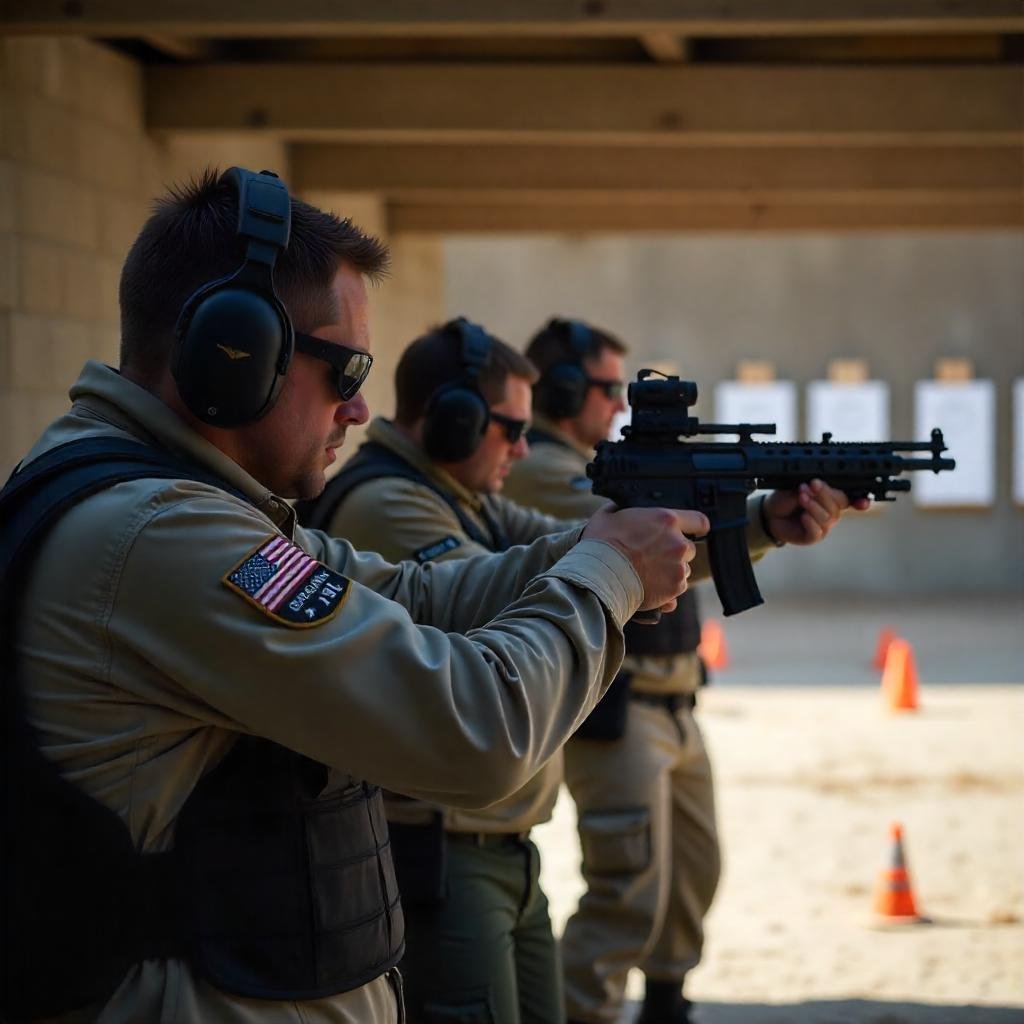Introduction to Tactical Training
The world of tactical training is constantly evolving, especially as new threats emerge globally. In recent years, various factors have reshaped how individuals and organizations approach tactical training, making it essential to adapt and stay ahead of potential challenges.
Identifying New Threats
Modern tactical training focuses on identifying and preparing for new threats that may arise in urban warfare, cyber-attacks, and asymmetric warfare scenarios. As these threats become more intricate, training programs need to evolve, incorporating advanced tactics that equip individuals with the necessary skills to respond effectively. This adaptability is crucial for ensuring preparedness in dynamic environments.
Integrating Technology in Training
The integration of technology into modern tactical training is another important trend. Utilizing virtual and augmented reality simulations allows for realistic training scenarios that mirror actual operations. With these technological advancements, participants can experience high-stakes situations in a controlled environment, enhancing their decision-making skills and reaction times. Moreover, data analytics can be employed to provide insights into training outcomes, enabling continuous improvement.
Collaboration and Continuous Learning
In addition to embracing technology, collaboration between various agencies and sectors is becoming increasingly vital. By sharing knowledge and experiences, organizations can better adapt their tactical training programs to fit the needs of today’s security landscape. Continuous learning through workshops, seminars, and joint exercises fosters collaboration and enhances overall preparedness, ensuring that trainees are equipped to face evolving threats effectively.








